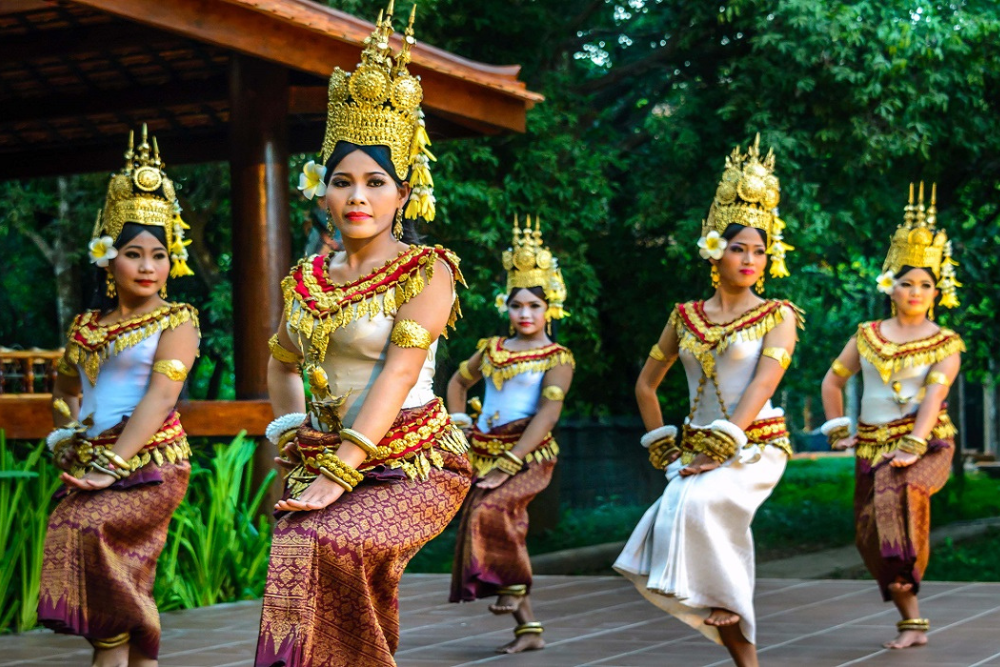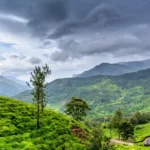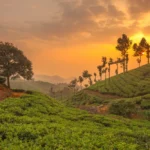Cambodia is a land of timeless wonder, a country where the ancient world meets living tradition. From the majestic temples of Angkor to the vibrant customs passed down through generations, Cambodia’s history and culture offer a window into a civilization that continues to inspire.
Whether you’re a curious traveler, a history enthusiast, or someone seeking deeper cultural connections, exploring ancient sites in Cambodia and understanding its traditions is an unforgettable journey.
A Glimpse into Cambodia’s Ancient Past
To understand Cambodia’s history and culture, we must begin with the Khmer Empire, one of Southeast Asia’s most powerful civilizations. Flourishing between the 9th and 15th centuries, this empire shaped much of the region’s art, architecture, and religious life.
Its capital, Angkor, was once the largest pre-industrial city in the world and remains a symbol of Cambodian identity. The ruins that survive today are not just historical monuments but are deeply woven into the nation’s cultural fabric.
Angkor Wat: A Marvel of Cambodian Art and Architecture
At the heart of this legacy is Angkor Wat, the world’s largest religious monument and a masterpiece of Cambodian art and architecture. Built in the 12th century as a Hindu temple and later converted to Buddhism, it showcases exquisite bas-reliefs, towering spires, and symbolic carvings.
Visitors to Angkor Wat often find themselves mesmerized by its grandeur, but the true magic lies in the details stories of mythology, war, and devotion etched in stone.
Beyond Angkor Wat, other temples of Cambodia like Bayon, Ta Prohm, and Banteay Srei each have their own story, aesthetics, and atmosphere.
Exploring Cambodia’s Heritage Sites and Ancient Ruins
While Angkor gets much of the attention, Cambodia’s historical treasures extend far beyond. From the pre-Angkorian temples of Sambor Prei Kuk to the mysterious ancient ruins of Koh Ker and Preah Vihear, the country is home to numerous heritage sites that showcase different periods and regional styles.
These historical places in Cambodia reflect centuries of spiritual and political evolution. Many are still active pilgrimage sites and serve as powerful symbols of cultural continuity.
Cambodian Traditions and the Living Culture
But Cambodia’s rich culture isn’t confined to stone. It lives and breathes in its people, ceremonies, and daily life. Deeply influenced by Buddhism, Cambodian traditions are centered around community, spirituality, and respect for ancestors.
One of the most significant customs is the Pchum Ben festival, where families honor their ancestors with offerings at temples. Other important traditions include the Khmer New Year, wedding ceremonies, and water blessings.
These Cambodian rituals and customs are not just performances; they are the heartbeat of the traditional Cambodian lifestyle, passed down from generation to generation.
The Cultural Heritage of Cambodia Today
The cultural heritage of Cambodia also finds expression in its classical dance, music, crafts, and textiles. The Apsara dance, characterized by elegant hand gestures and rich costumes, reflects stories from Hindu epics and Khmer legends.
Artisans continue to create silk, silverwork, and stone carvings using traditional techniques. Visiting villages and craft centers gives travelers a firsthand experience of the enduring skills that define Cambodia’s cultural landscape.
Why Cambodia Cultural Tourism Is Growing
In recent years, Cambodia’s cultural tourism has attracted travelers who seek more than just sightseeing. From guided tours of temples in Cambodia to cooking classes and traditional dance shows, the country offers immersive ways to connect with its soul.
Homestays in rural areas, Buddhist monastery visits, and cultural workshops are becoming popular among those who wish to understand the rhythms of Cambodian life more deeply.
Preserving Cambodia’s History and Culture for the Future
Despite its vibrant heritage, Cambodia’s cultural assets have faced many challenges, especially during the Khmer Rouge era, which led to the loss of countless artifacts and lives. Today, efforts by local communities, NGOs, and global institutions aim to preserve and restore Cambodia’s rich historical legacy.
Education, tourism, and cultural revival projects are essential to ensure that Cambodia’s history and culture are not only remembered but also continue to thrive.
Final Thoughts
Exploring Cambodia is not just about visiting ruins or museums; it’s about stepping into a living story. The blend of monumental history and everyday tradition gives travelers a deep and meaningful experience.
From walking through majestic ancient sites in Cambodia to witnessing the warmth of Cambodian traditions, the country invites you to not only see but feel its enduring spirit.
Whether you’re drawn by the grandeur of Angkor Wat’s history, the legacy of the Khmer Empire, or the beauty of Cambodian art and architecture, Cambodia offers a journey into the heart of Southeast Asia like no other.






